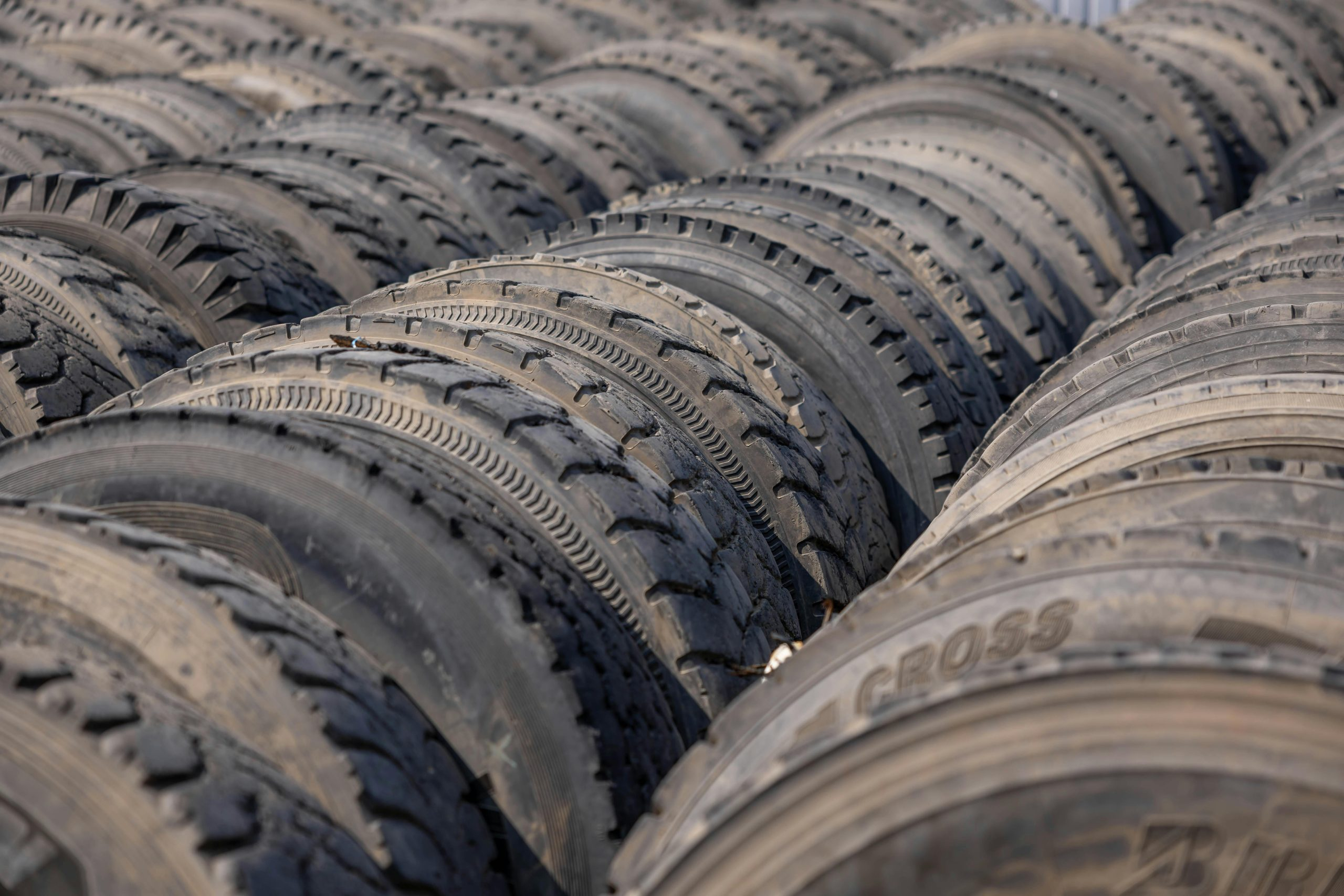The Environmental Impact of End-Of-Life Car Recycling
The automotive industry is a major contributor to air and water pollution, greenhouse gas emissions, and overall environmental degradation. As the number of cars on the road continues to increase, so does the environmental impact of their end-of-life disposal. This has led to the development of the car recycling industry, which aims to reduce the environmental burden of end-of-life cars. In this article, we will explore the environmental impact of end-of-life car recycling and how it helps in making the automotive industry more sustainable.
The Life Cycle of a Car
Before delving into the environmental impact of end-of-life car recycling, it is important to understand the life cycle of a car. Every car goes through various stages in its life, starting from the manufacturing process to its eventual disposal. The stages of a car’s life cycle are as follows:
1. Raw Material Extraction and Processing
The production of a car begins with the extraction and processing of raw materials such as iron, aluminum, rubber, and plastic. Mining and refining these materials consume a considerable amount of energy and often involve the use of harmful chemicals, leading to air and water pollution. Moreover, the transportation of these materials to the manufacturing plant also contributes to carbon emissions.
2. Car Manufacturing
The next stage in a car’s life cycle is its manufacturing process. This involves assembling all the different components of the car using energy-intensive machinery. The production of cars also generates a significant amount of waste, from excess materials to air and water emissions from the manufacturing plants.
3. Car Ownership and Use
Once a car is manufactured and sold, it enters its ownership and use stage. During this stage, the car’s emissions and environmental impact depend on its fuel efficiency, maintenance, and usage patterns. A well-maintained car with good fuel efficiency will have a lower environmental impact compared to a poorly maintained car with low fuel efficiency.
4. End-of-Life Disposal
The final stage of a car’s life cycle is its disposal. The average lifespan of a car ranges from 8 to 12 years, after which it reaches the end of its useful life. At this point, the car is either scrapped or disposed of, which can have a significant impact on the environment.
The Environmental Impact of End-of-Life Car Disposal
The traditional methods of disposing of end-of-life cars, such as landfilling and incineration, have a detrimental impact on the environment. These methods not only waste valuable resources but also contribute to pollution and emissions. Landfilling involves burying the car in a landfill, which results in the release of toxic chemicals and heavy metals into the soil and water. On the other hand, incineration emits harmful gases, including carbon dioxide and sulfur dioxide, which contribute to climate change and air pollution.
Moreover, the improper disposal of end-of-life cars can also lead to health hazards for the surrounding communities. The toxic chemicals and heavy metals present in cars can leach into the soil and groundwater, contaminating the local ecosystem and posing a threat to public health.
How End-of-Life Car Recycling Helps the Environment?
End-of-life car recycling offers a more sustainable alternative to traditional disposal methods. It involves the dismantling of a car into its individual components and the recycling of these components for reuse or repurposing. This process not only conserves natural resources but also reduces the environmental impact of end-of-life cars.
1. Reduction of Landfill Waste
End-of-life car recycling significantly reduces the amount of waste sent to landfills. The majority of a car’s components, including metal, plastic, rubber, and glass, can be recycled or repurposed instead of being dumped in a landfill. This not only conserves natural resources but also reduces pollution and emissions associated with traditional disposal methods.
2. Energy Conservation
Car manufacturing requires a large amount of energy, which is a leading contributor to carbon emissions and climate change. By recycling end-of-life cars, the need for the production of new materials is reduced, resulting in energy conservation. This helps in mitigating the environmental impact of the automotive industry.
3. Reduction of Air and Water Pollution
Recycling end-of-life cars also helps in reducing pollution and emissions. The dismantling process involves removing and disposing of hazardous materials in an environmentally friendly manner. This prevents these toxic substances from ending up in landfills or being incinerated, reducing air and water pollution.
4. Job Creation and Economic Benefits
End-of-life car recycling also has positive economic impacts. It creates jobs in the recycling and manufacturing industries, contributing to the local economy. Recycling also reduces the cost of producing new materials, leading to lower prices for consumers.
Conclusion
The environmental impact of end-of-life car recycling cannot be ignored. It not only helps in reducing pollution and emissions but also contributes to the conservation of natural resources. As the automotive industry continues to grow, it is crucial to adopt sustainable practices like end-of-life car recycling to mitigate the environmental impact and pave the way for a greener future.










